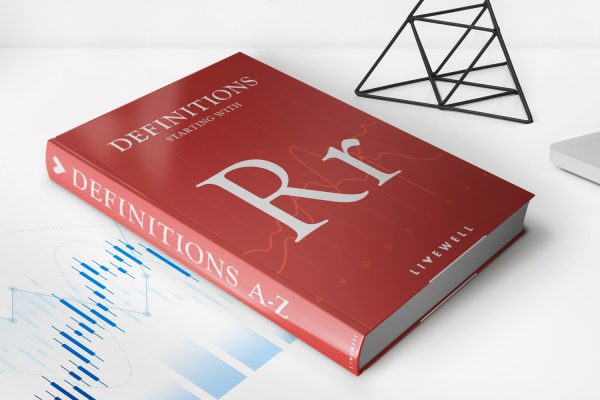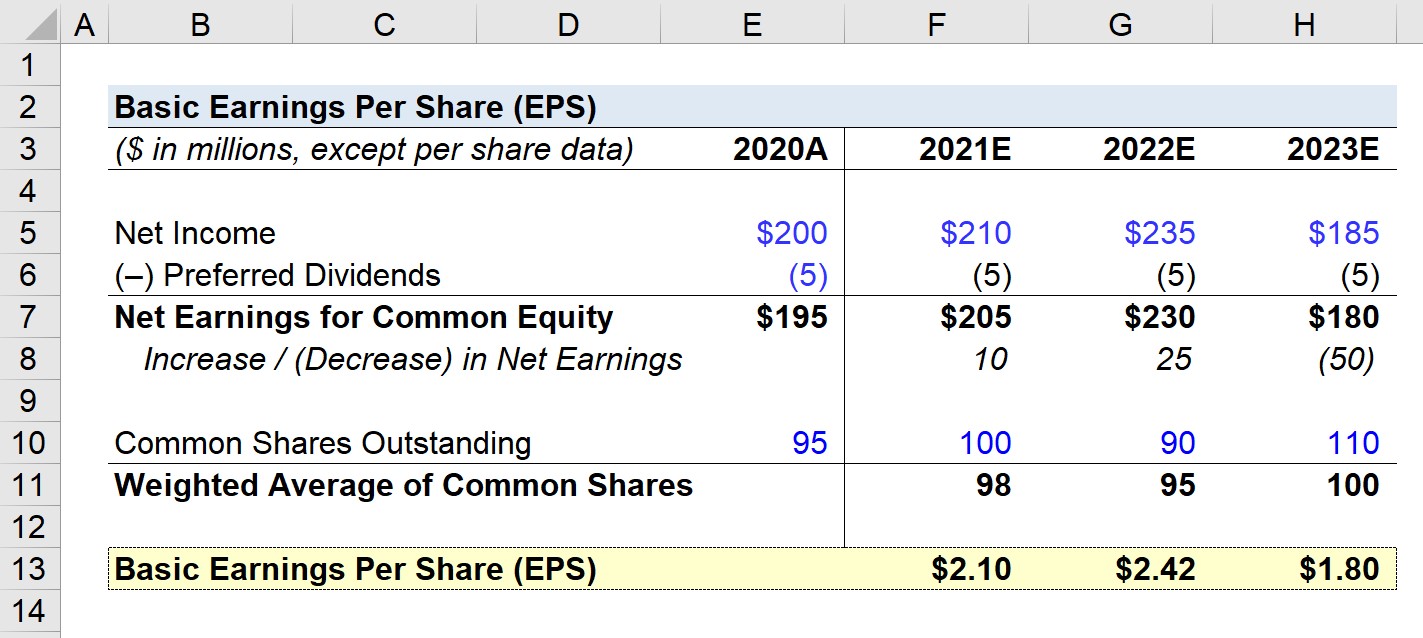

Finance
What Are Capital Gains Vs. Dividends?
Published: January 3, 2024
Learn the difference between capital gains and dividends in finance and how they can affect your investment portfolio.
(Many of the links in this article redirect to a specific reviewed product. Your purchase of these products through affiliate links helps to generate commission for LiveWell, at no extra cost. Learn more)
Table of Contents
Introduction
When it comes to investments and personal finance, it is important to understand the various types of returns you can earn. Two common types of returns are capital gains and dividends. These terms are often used interchangeably, but they represent different ways of generating income from your investments. Understanding the differences between capital gains and dividends can help you make informed decisions when managing your portfolio and planning for your financial future.
Capital gains and dividends are both forms of investment income, but they are derived from different sources and have distinct tax implications. In this article, we will explore the definitions of capital gains and dividends, discuss the key differences between them, and provide insights into how they are taxed. We will also highlight key factors that you should consider when deciding between capital gains and dividends for your investment strategy.
Whether you are a seasoned investor or just starting out, having a solid understanding of capital gains and dividends can help you optimize your investment returns and minimize your tax liability. So let’s dive in and explore these two important concepts in the world of finance.
Definition of Capital Gains
Capital gains refer to the increase in the value of an asset, such as stocks, bonds, real estate, or mutual funds, over time. When you sell or dispose of an asset for a higher price than what you initially paid for it, the profit you realize is considered a capital gain. In simple terms, it is the difference between the selling price and the purchase price of the asset. Capital gains can be short-term or long-term, depending on the holding period of the asset.
Short-term capital gains occur when you hold an asset for one year or less before selling it. On the other hand, long-term capital gains are generated when the holding period exceeds one year. The distinction between short-term and long-term capital gains is important because they are subject to different tax rates.
It is worth noting that capital gains are not realized until the asset is sold. If the value of an asset appreciates but you do not sell it, you will not incur any capital gains taxes. Instead, you will have an unrealized capital gain, which represents the potential profit that would be realized upon selling the asset.
Capital gains can be a significant source of income for investors, especially those who actively buy and sell assets to capture profits. However, it is important to consider the risks associated with capital gains, as the value of investments can also decline, resulting in capital losses.
Now that we have a clear understanding of capital gains, let’s explore the concept of dividends and how they differ from capital gains.
Definition of Dividends
Dividends are a form of investment income that is distributed to shareholders by companies. When a company makes a profit, it has the option to allocate a portion of those earnings to shareholders in the form of dividends. Dividends can be paid out in cash, additional shares of stock, or other assets.
Dividends are typically paid on a regular basis, such as quarterly or annually, and are often viewed as a way for companies to reward their shareholders for their investment. Dividends are particularly common among mature, established companies that have consistent earnings and stable cash flows.
Dividends can be an attractive source of income for investors, especially those seeking regular, passive income. They can provide a steady stream of cash flow, which can be reinvested or used for personal expenses. Additionally, dividends can be a valuable component of a well-diversified investment portfolio, as they can help mitigate the impact of market volatility.
It is important to note that not all companies pay dividends. Some companies, especially those in growth industries or early-stage startups, reinvest their earnings back into the business to fuel expansion and innovation. These companies may prioritize reinvestment over paying dividends to shareholders.
Now that we have a clear understanding of dividends, let’s dive deeper into the key differences between capital gains and dividends.
Differences Between Capital Gains and Dividends
Although both capital gains and dividends represent forms of investment income, there are several important differences between them. Let’s explore these differences:
- Source of Income: Capital gains are generated from the increase in the value of an asset over time, while dividends are payments made by companies to distribute a portion of their profits to shareholders.
- Timing of Income: Capital gains are realized when an asset is sold or disposed of, whereas dividends are typically paid out regularly, on a predetermined schedule.
- Tax Treatment: Capital gains and dividends are subject to different tax rates. In many countries, including the United States, long-term capital gains are often taxed at a lower rate than dividends.
- Investment Strategy: Capital gains are more commonly associated with active investing, where investors buy and sell assets with the goal of capturing profits from price movements. Dividends, on the other hand, are often favored by income-focused investors who seek a regular stream of passive income.
- Risks and Rewards: Capital gains involve the potential for both gains and losses, as the value of investments can fluctuate. Dividends, on the other hand, provide a consistent income stream, but they may not offer the same potential for capital appreciation as capital gains.
Understanding these differences is crucial for investors in order to effectively manage their portfolios and align their investment strategies with their financial goals and risk tolerance.
Next, let’s discuss how capital gains and dividends are taxed, as this is an important consideration when evaluating investment income.
Taxation of Capital Gains
The taxation of capital gains depends on various factors, including the asset type, holding period, and the tax laws of the country or jurisdiction in which you reside. In most countries, including the United States, capital gains are subject to different tax rates based on whether they are categorized as short-term or long-term gains.
Short-term capital gains, which occur when you sell an asset that you have held for one year or less, are typically taxed at your ordinary income tax rate. This means that short-term capital gains are taxed at the same rate as your wages, salary, or other regular income. The specific tax rate will vary based on your income level and tax bracket.
On the other hand, long-term capital gains, which are realized from the sale of assets held for more than one year, often benefit from more favorable tax rates. In many countries, long-term capital gains are subject to lower tax rates compared to ordinary income. For example, in the United States, long-term capital gains are taxed at a maximum rate of 20% for most taxpayers, although lower rates may apply for certain income levels.
It is important to note that some countries offer tax incentives or exemptions for certain types of investments or investment accounts. For example, in the United States, investments held in tax-advantaged accounts such as Individual Retirement Accounts (IRAs) and 401(k) plans may enjoy tax benefits, such as tax-deferred or tax-free growth.
Additionally, tax rules can change over time, so it is important to stay updated on the latest tax regulations and consult with a tax professional to understand how capital gains will be taxed in your specific situation.
Now that we have covered the taxation of capital gains, let’s explore how dividends are taxed.
Taxation of Dividends
The taxation of dividends also varies depending on factors such as the country or jurisdiction in which you reside, the type of dividend received, and your overall income level. In many countries, dividends are subject to specific tax rates that may differ from the tax rates applied to other forms of income.
In most cases, dividends are taxable income. The tax rate on dividends can be different depending on whether they are classified as qualified or non-qualified dividends.
Qualified dividends are dividends that meet certain requirements set by the tax authorities. They are taxed at the same preferential rates as long-term capital gains. For example, in the United States, qualified dividends are taxed at a maximum rate of 20% for most taxpayers. However, lower tax rates may apply for certain income levels, and some individuals may even qualify for a 0% tax rate on qualified dividends.
On the other hand, non-qualified dividends are generally taxed at the individual’s ordinary income tax rate. This means that they are subject to the same tax rates as wages, salary, and other regular income. The specific tax rate will depend on your income level and tax bracket.
It is important to note that some countries have different tax treatment for different types of dividends, such as those received from foreign companies or specific types of investment vehicles. There may also be tax treaties in place between countries to address potential double taxation of dividends.
Furthermore, it is worth mentioning that some dividends may be eligible for certain tax deductions or credits. For instance, some countries offer a dividend tax credit, which allows investors to claim a credit against their taxes owed, reducing their overall tax liability.
As with the taxation of capital gains, tax rules surrounding dividends can be complex and subject to change. It is advisable to consult with a tax professional or financial advisor to understand how dividends will be taxed in your specific situation and to optimize your tax strategy.
Now that we have explored the taxation of dividends, let’s consider important factors to consider when choosing between capital gains and dividends.
Factors to Consider When Choosing Between Capital Gains and Dividends
When deciding between capital gains and dividends, it is important to consider several factors that can impact your investment strategy and overall financial goals. Here are some key factors to consider:
- Income needs: Assess your current and future income needs. If you require regular income to cover living expenses or meet financial obligations, dividends can provide a consistent stream of cash flow. On the other hand, if you have flexibility with timing and can wait for potential capital appreciation, focusing on capital gains might be more suitable.
- Tax implications: Understand the tax implications of both capital gains and dividends in your specific jurisdiction. Consider the tax rates, potential deductions, and any tax-advantaged investment accounts available to you. Depending on your tax situation, one may be more advantageous than the other.
- Risk tolerance: Evaluate your risk tolerance and investment goals. Capital gains tend to be more volatile and dependent on market fluctuations, whereas dividends provide a more stable income stream. Consider your comfort level with market volatility and potential fluctuations in asset values.
- Investment time horizon: Consider the time horizon for your investments. If you have a long-term investment horizon and can afford to wait for potential capital appreciation, capital gains may be more appealing. However, if you have short-term financial goals or need immediate income, dividends can be a good option.
- Diversification: Evaluate the overall composition of your investment portfolio. Diversification is important for managing risk and potential losses. By including a mix of assets that generate both capital gains and dividends, you can benefit from the advantages of both income streams.
It is important to note that these factors are not mutually exclusive, and the decision between capital gains and dividends may require a balanced approach based on your individual circumstances and financial objectives. You may choose to incorporate both strategies within your portfolio to achieve a diversified and well-rounded investment approach.
Now that we have considered the factors to consider when choosing between capital gains and dividends, let’s summarize our discussion.
Conclusion
Understanding the differences between capital gains and dividends is essential for making informed investment decisions and optimizing your overall financial strategy. While both capital gains and dividends represent sources of investment income, they have distinct characteristics, tax implications, and risk profiles.
Capital gains are generated from the increase in the value of an asset over time and are realized when the asset is sold. They can provide potential for significant returns, but they also come with the risk of capital losses and are subject to specific tax rates based on the holding period.
Dividends, on the other hand, are payments made by companies to distribute a portion of their profits to shareholders. They offer a consistent income stream and are often favored by income-focused investors. Dividends have their own tax treatment, with qualified dividends enjoying preferential tax rates.
When deciding between capital gains and dividends, it is important to consider factors such as income needs, tax implications, risk tolerance, investment time horizon, and portfolio diversification. By evaluating these factors, you can align your investment strategy with your financial goals and preferences.
Remember, there is no one-size-fits-all approach, and the decision between capital gains and dividends may require a balanced and personalized approach based on your individual circumstances.
Seeking guidance from a financial advisor or tax professional can provide valuable insights and help you make well-informed decisions.
Ultimately, integrating both capital gains and dividends within a well-diversified investment portfolio may help you achieve a balanced mix of potential returns and income stability.
By staying informed and continuously assessing your financial situation, you can navigate the world of capital gains and dividends with confidence and work towards your long-term financial goals.














